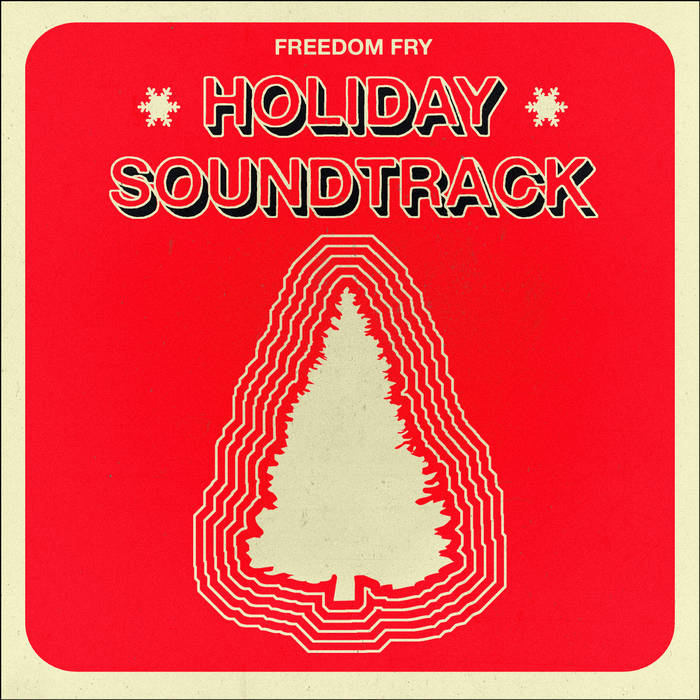Not only is Greensleeves a Christmas classic, but it’s likely the oldest song that could be accurately described as “widely recognizable.” Meaning that of all the songs that the average person knows, this one’s been around the longest.
First published in 1580, it was worming its catchy way into listeners’ ears before any of Shakespeare’s plays. That’s closing in on 450 years of sustained popularity.
As with anything that’s been very popular for a very long time, Greensleeves has picked up its share of myths and legends: that it was written by Henry VIII for Anne Boelyn; that it was of Irish origin; that it was written for a prostitute. None of these theories have much evidence to back them up, but their mere existence is a testament to the song’s intrigue and enduring popularity.
What is true about Greensleeves is that it has worked its way into the compositions of others. Gustav Holst used it in his 1911 “Second Suite” for concert band, and Ralph Vaughan Williams used it in an opera he penned in the 1920s. But its longevity was given its biggest shot in the arm when, in 1871, the words of a poem by the exquisitely-named William Chatterton Dix were added to create the Christmas Carol “What Child Is This?”
While it’s usually interpreted on period instruments – the lute, the recorder, strings – I’m partial to this laid-back-cowboy-sipping-on-some-egg-nog version by the American-French indie duo and married couple Freedom Fry.
What makes this a beautiful song:
1. The occasional “woo!” that makes its way into the background.
2. The switch from 3/4 to 4/4 time works well, and makes it easier to imagine the Three Wise Men strutting to the manger in their cowboy boots.
3. Rather than singing the lyrics (which few people know anyway) they just stick to vocalising on the timeless, super-catchy, 450-year-old melody.
Recommended listening activity:
Humming along while contemplating what your descendants might be humming in the year 2573.
